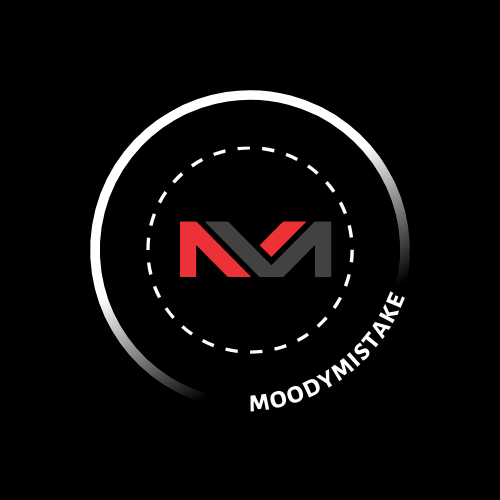Maintaining a robust and reliable roof is essential for protecting any structure, whether residential or commercial. Fladderak Roof Management has emerged as a comprehensive approach to roof maintenance, emphasizing proactive strategies to extend roof lifespan, enhance safety, and optimize cost-efficiency. This article delves into the principles, benefits, and implementation of Fladderak Roof Management, offering insights to help property owners and managers make informed decisions.
Understanding Fladderak Roof Management
Fladderak Roof Management is a systematic methodology that integrates preventive maintenance, regular inspections, and advanced technologies to ensure the longevity and performance of roofing systems. Unlike traditional reactive maintenance, which addresses issues post-occurrence, this proactive approach focuses on early detection and prevention, thereby mitigating potential damages and associated costs.
Key Objectives
- Extend Roof Lifespan: By identifying and addressing minor issues promptly, the overall durability of the roof is enhanced.
- Cost Efficiency: Preventive measures reduce the likelihood of expensive emergency repairs.
- Safety Enhancement: Regular maintenance ensures structural integrity, safeguarding occupants and assets.
- Environmental Sustainability: Proper roof care minimizes waste and promotes energy efficiency.
Core Components of Fladderak Roof Management
Implementing an effective Fladderak Roof Management plan involves several critical elements:
1. Regular Inspections
Scheduled assessments are fundamental to detect early signs of wear and potential vulnerabilities. It is advisable to conduct inspections biannually, typically during spring and fall, and after significant weather events. These evaluations should focus on identifying:
- Damaged or Missing Shingles: Indicators of material degradation or storm impact.
- Leaks and Water Damage: Evidence of moisture infiltration that could compromise structural integrity.
- Debris Accumulation: Obstructions that may impede proper drainage and ventilation.
2. Preventive Maintenance
Addressing minor issues before they escalate is central to this approach. Preventive actions include:
- Cleaning Gutters and Downspouts: Ensuring unobstructed water flow to prevent pooling and leaks.
- Sealing Cracks and Leaks: Applying appropriate sealants to minor fissures to avert water ingress.
- Replacing Damaged Components: Prompt substitution of compromised shingles or tiles to maintain roof integrity.
3. Advanced Technological Integration
Leveraging modern tools enhances the accuracy and efficiency of roof management practices. Utilizing drones for aerial inspections allows for comprehensive assessments without the need for extensive scaffolding. Infrared thermography can detect hidden moisture issues, while data analytics facilitate informed decision-making regarding maintenance schedules and resource allocation.
4. Documentation and Record-Keeping
Maintaining detailed records of inspections, maintenance activities, and repairs is crucial. This documentation aids in tracking the roof’s condition over time, planning future maintenance, and providing evidence for warranty claims or insurance purposes.
Benefits of Implementing Fladderak Roof Management
Adopting this proactive approach yields numerous advantages:
- Financial Savings: Regular maintenance reduces the likelihood of costly emergency repairs and extends the period before a full roof replacement becomes necessary.
- Enhanced Property Value: A well-maintained roof contributes to the overall aesthetic and structural appeal of a property, positively influencing its market value.
- Improved Energy Efficiency: Addressing issues like insulation gaps and ensuring proper ventilation can lead to more efficient energy use, resulting in lower utility bills.
- Risk Mitigation: Proactive maintenance diminishes the risk of roof failures that could lead to property damage or personal injury.
Implementing Fladderak Roof Management: A Step-by-Step Guide
- Initial Assessment: Engage a qualified roofing professional to conduct a comprehensive evaluation of the current roof condition.
- Develop a Maintenance Plan: Based on the assessment, create a tailored plan outlining inspection schedules, preventive measures, and potential upgrades.
- Execute Regular Inspections and Maintenance: Adhere to the established schedule, ensuring that all activities are performed thoroughly and documented accurately.
- Utilize Technological Tools: Incorporate appropriate technologies to enhance inspection precision and data analysis.
- Review and Adjust: Periodically reassess the effectiveness of the management plan, making adjustments as necessary to address emerging issues or incorporate new best practices.
Conclusion
Fladderak Roof Management represents a paradigm shift in roof maintenance, emphasizing proactive strategies over reactive solutions. By implementing regular inspections, preventive maintenance, and leveraging advanced technologies, property owners and managers can ensure the longevity, safety, and efficiency of their roofing systems. Embracing this comprehensive approach not only safeguards the structural integrity of buildings but also offers significant financial and environmental benefits.




